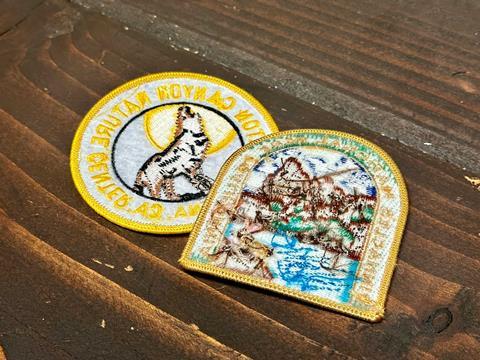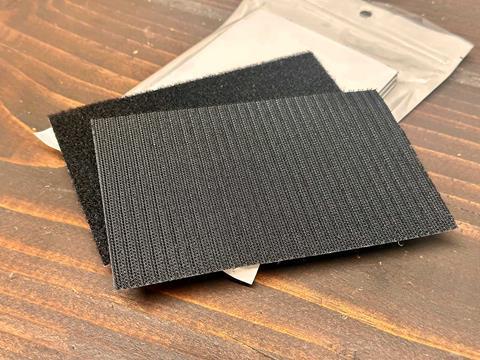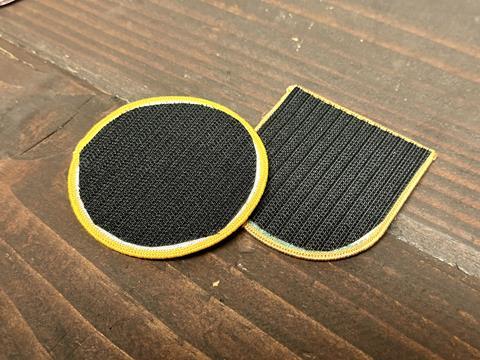How many times have you been at a gift shop looking for a Velcro-backed patch only to find only sew-on or iron-on patches instead? Follow along for one of the easiest DIY’s that will turn any patch into a headliner-adhering decoration.

Most of us have seen the trend of adding morale patches to the headliners of overland and off-road vehicles by now. It’s a colorful way to decorate the interior of your vehicle while commemorating the places that you’ve visited, representing the groups or brands that you support or showing off designs that you just plain like. We’re not immune to this “headliner patch” trend either and wanted to get some fun patches up on the OVR LC100’s headliner too.
But how many times have you been at a gift shop looking for a Velcro-backed patch only to find only sew-on or iron-on patches instead? We’ve looked high and low and can say that hook-backed patches aren’t offered in many places yet as sew-on and iron-on seem to be the most popular patches. Well, follow along for one of the easiest DIY’s that will turn any patch into a headliner-adhering decoration.

First off, let’s clarify that Vecro and “hook and loop” are essentially the same thing, so we will be using the terms interchangeably in this tutorial. Velcro is the brand name and the material that you know Velcro as is known as hook and loop, hook being the harder prickly side and loop being the soft side.

Now let’s examine what’s needed for this tutorial. It’s simple really; all we need are a pen or marker, a pair of scissors, the patch you want use and a panel of self-adhesive hook material. We bought our hook and loop from Amazon. We were careful to select panels that have a very strong adhesive backing in a generous size.
We wanted an especially strong adhesive, not because the patches are heavy, but because the patches live in a vehicle that goes through many heat and cold cycles just sitting in the driveway or parking lot and we don’t want them falling off. We chose 4 x 6-inch sized panels since most patches that we’ve encountered are about half that size so one panel can be used for two patches on average. Each “Velcro” set comes with both the hook side and the loop side, we will only be using the hook side for this DIY. Read on for suggestions on what to do with the loop side later on.
Now let’s get this patch and Velcro party started!







And there you have it, this is an easy way to convert any sew-on or iron-on patch into a Velcro hook-backed patch. For the left-over loop part of the hook and loop panel set, you can stick it onto other surfaces such as your dashboard, glove box door, rear drawer system or even fridge or storage cases to have more places to stick your patch collection to. For more tips, check out the two nuggets of patch widsom below.



Read more about OVR LC100 by clicking here





















No comments yet